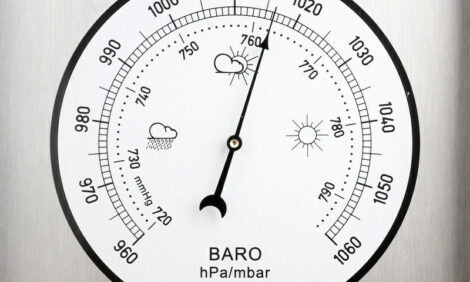



Study Fleshes Out Potential for Airborne Spread of Pig Viruses
US - Three viral pig diseases, including influenza A, can be transmitted through aerosols comprising a wide range of particle sizes and in environmental conditions similar to those where humans and the animals interact, according to a research team based at the University of Minnesota.The group published their findings from investigations involving pigs experimentally infected with influenza A, porcine reproductive and respiratory syndrome virus (PRRSV), and porcine epidemic diarrhea virus (PEDV) in an Aug 19 online edition of Public Library of Science (PLoS) One.
The team noted that there is little information on particle size distribution for pathogens, with animal model information limited to ferrets and Guinea pigs, not animals raised in agricultural settings.
The researchers infected 5-week-old piglets with the viruses, first PRRSV and influenza A, and then 21 days later PEDV.
Airborne sampling was done for 24 days, which also involved sorting the airborne particles according to size and testing the air samples for viruses. Investigators also tracked animals' clinical signs and other lab parameters.
Results showed that the sick pigs emitted all three viruses in a range of particle sizes that could be inhaled or swallowed.
However, for influenza and PRRSV, virus viability depended on size, with isolation possible only in particles larger than 2.1 micrograms. PEDV, an enteric virus, was found in larger concentrations in the air than the other two viruses tested.
The group concluded that their findings support the role of aerosol transmission for the three viruses, that they can disperse at the same time through a range of particle sizes, and that they can be transmitted across both short and long distances.







